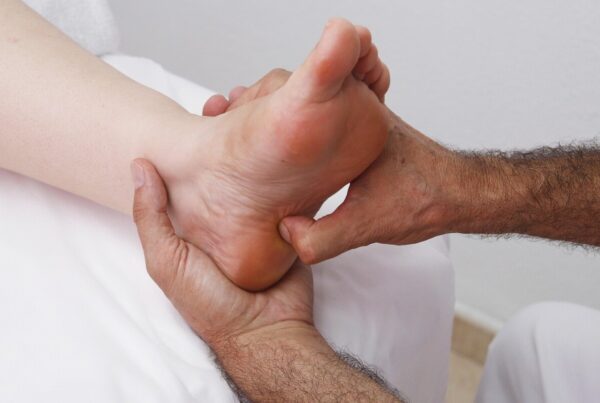Although it may be summer time here in Australia, an injury known as Skier’s Thumb is still a possibility!
Skier’s Thumb is a condition which affects the ulnar collateral ligament of the thumb. It occurs when there is an acute tear of this ligament resulting in pain, swelling and usually increased movement of the thumb.
The ulnar collateral ligament is found on the inside of the thumb on the side closest to the index finger. It arises from the metacarpal (the bone which attaches the thumb and the hand) and the proximal phalanx (the bone in the lower part of the thumb). The ulnar collateral ligament is responsible for stopping excessive movement of the thumb away from the hand.
How does it occur?
Skier’s Thumb usually comes about as a result of trauma. Skier’s Thumb has been named after the thumb injuries seen in skiers when they fall on an outstretched hand, holding a ski pole. This position forces the thumb into an abducted and extended position, placing pressure on the ulnar collateral ligament which leads to a rupture or partial tear.
Although it is named skiers thumb, this condition doesn’t exclusively effect skiers, injuries to this ligament have been observed in soccer players, bike riders and fighters. Skiing is thought to only be responsible for 10% of cases of Skier’s Thumb.
What are the symptoms?
The symptoms of Skier’s Thumb are similar to that of any acute injury and may be noticed instantly after the injury:
- Swelling at the base of the thumb and between the thumb and first finger.
- Bruising between the thumb and 1st
- Difficulty gripping.
- Tenderness of the thumb on the side closest to the index finger.
- Pain in the thumb or wrist.
What are treatment and management of Skier’s Thumb?
The treatment and management of Skier’s Thumb is dependent on the age of the tear and the grade, along with the presence of any fractures or avulsions of the ligaments.
For smaller acute tears the treatment and management usually involves bracing/splinting to give the ligament time to heal and repair, followed by a period of rehabilitation to restore strength and mobility.
For larger total ruptures to the ulnar collateral ligament, surgery is usually indicated. A Stener lesion occurs when the torn edges of the ulna collateral ligament retract away from each other and can get stuck in the metacarpal joint between them. This means that the ligament cannot heal by itself and surgical intervention will be required.
Untreated or undiagnosed injuries may progress to be chronic in nature and can lead to chronic instability of the thumb, pain, weakness and arthritis, this is known as ‘Gamekeeper’s Thumb’.
It is important to get a Skier’s Thumb diagnosed as early diagnosis usually leads to better recovery and treatment options.
If you have an injury to your thumb, get in touch with our team here at Bend + Mend in the Sydney CBD.





